Porsche employs used Taycan batteries for stationary energy storage
The stationary power storage system consists of 4,400 battery modules. If you use a calculator, it becomes clear that these battery modules must come from at least 133 Taycan vehicles. This is because the two-storey Performance Battery Plus (standard in the Taycan Turbo and Taycan Turbo S) contains 33 cell modules, while the regular Taycan and the Taycan 4S use a Performance Battery with 28 cell modules.
However, it is only surprising at first glance that Taycan batteries are used, as the model has only been available since 2019. The explanation for this lies more in the fact that the batteries come from pre-series and factory vehicles that have been subjected to much higher loads than customer vehicles.
According to Porsche, the battery modules used in the hard everyday work of test vehicles were installed in the energy storage system without any technical modifications. The total output is 5 megawatts with an energy content of 10 megawatt hours. The storage system can be operated with up to 20 per cent overload for short periods. It is made up of 4,400 individual battery modules, divided into four battery containers.
The four battery strings are each connected to an inverter and a transformer in a medium-voltage system. The entire system, including the battery blocks, is designed for a service life of more than ten years; individual battery modules can be replaced as required.
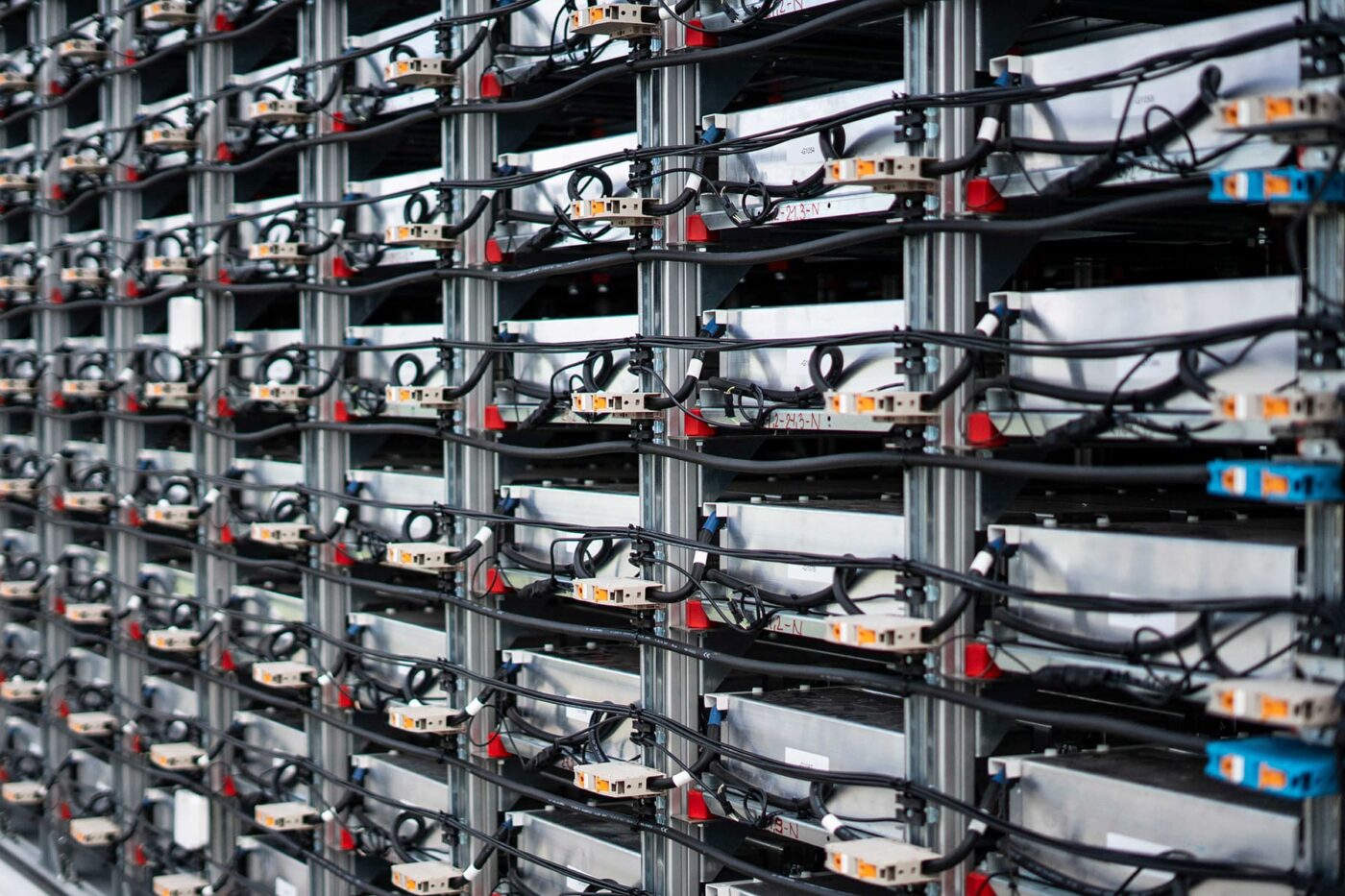
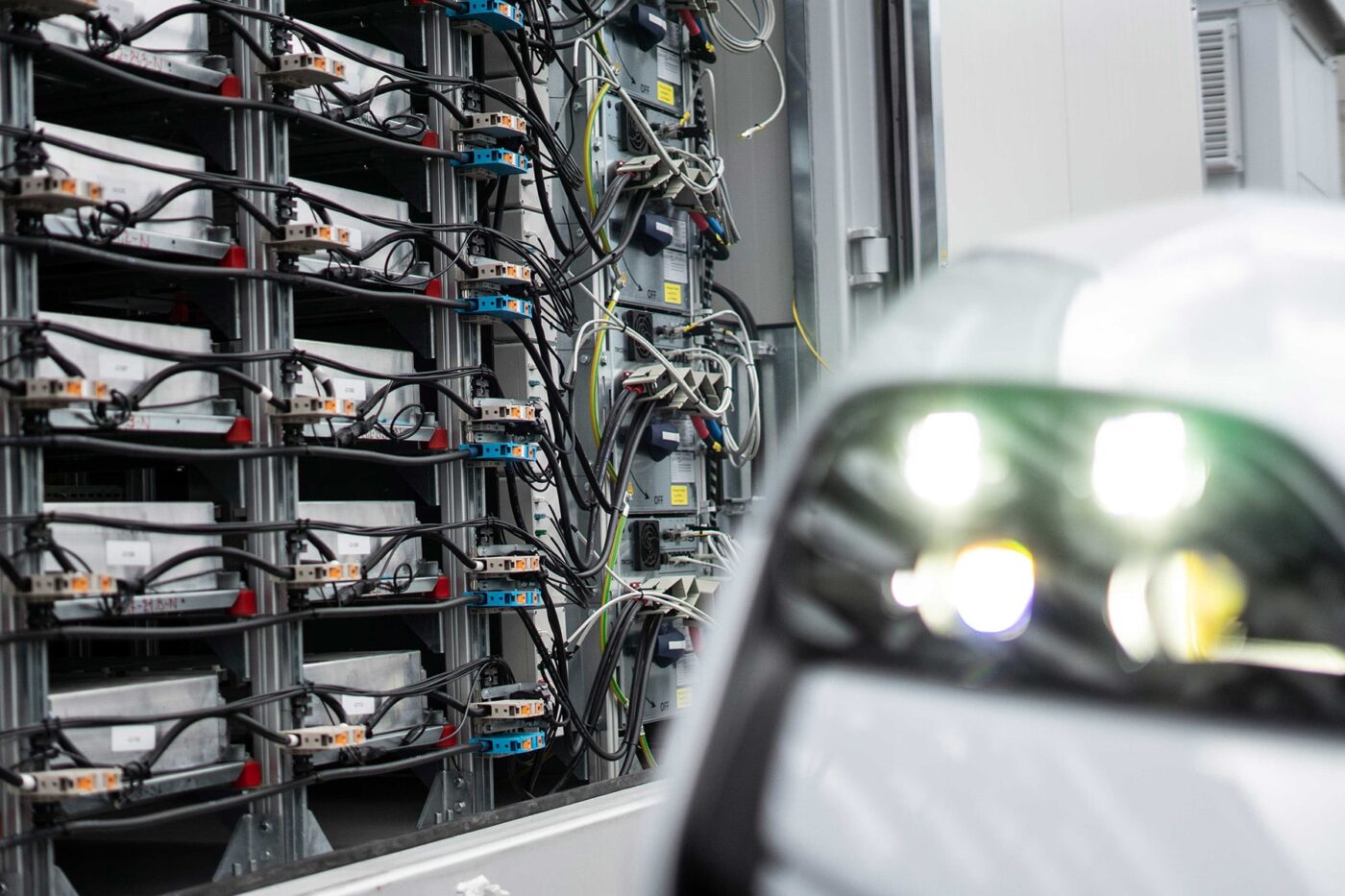
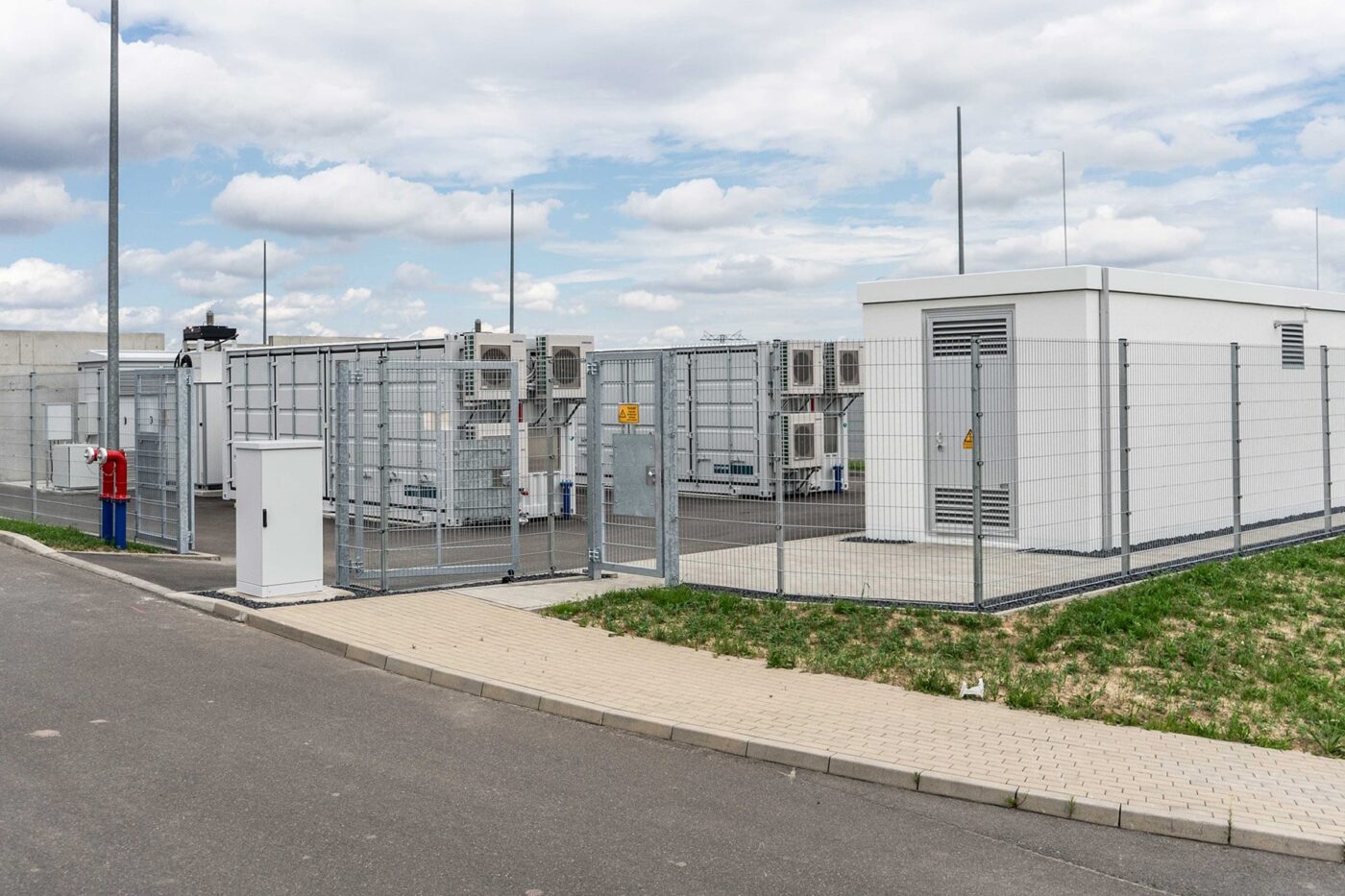
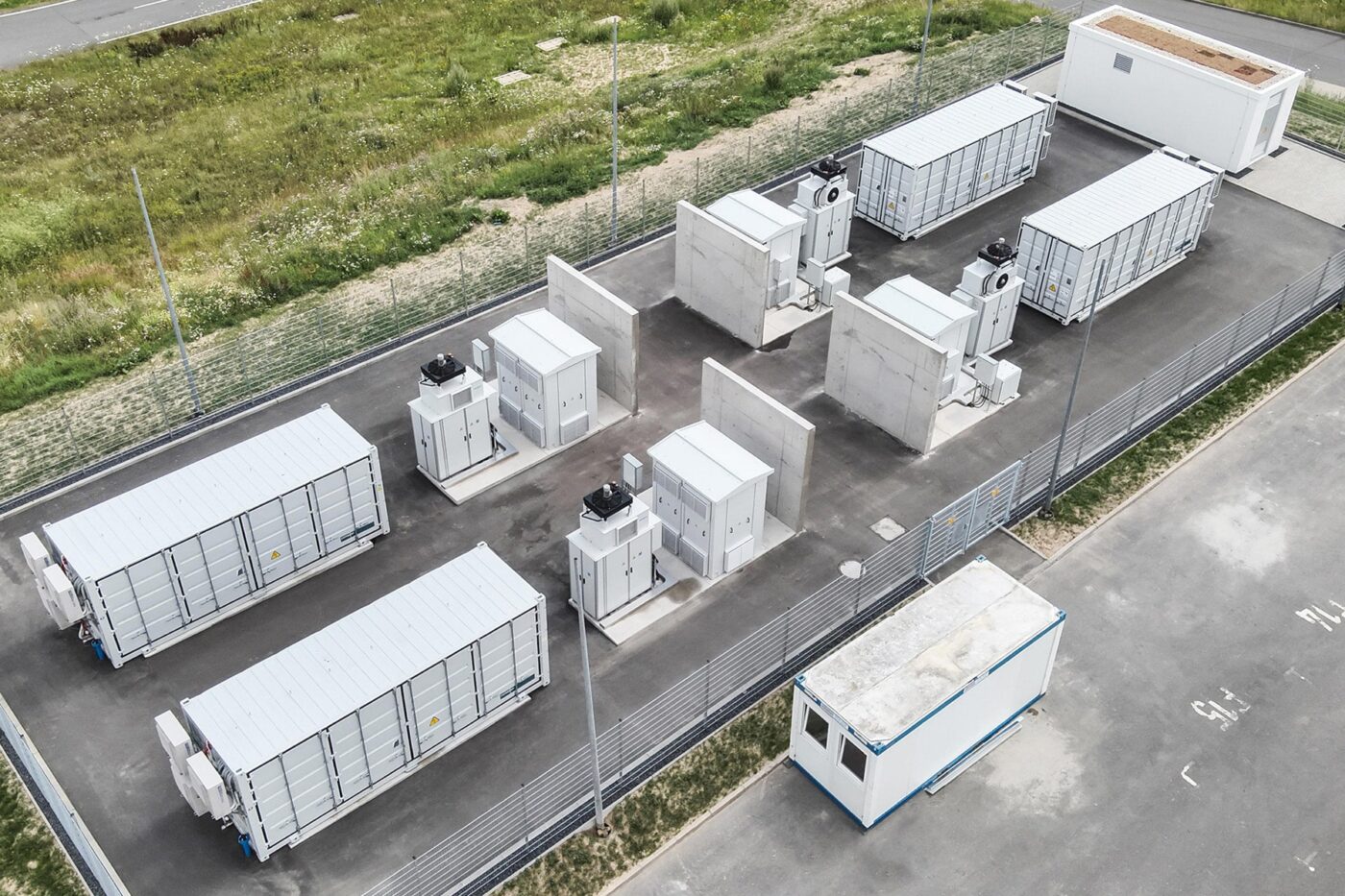
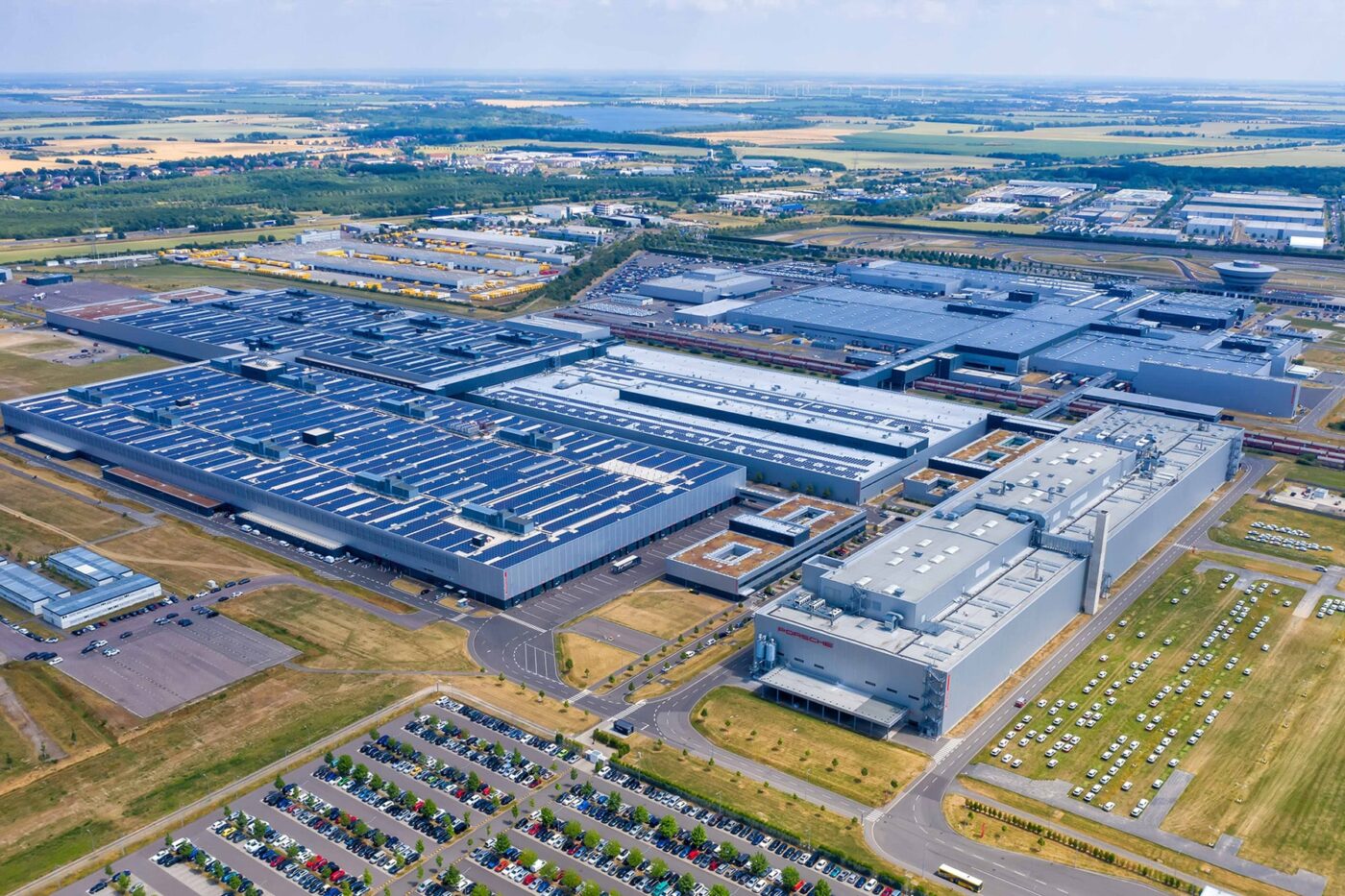
The electricity for the storage system is generated in part by the plant’s own solar systems with a peak output of 9.4 megawatts. The storage system helps to reduce peak loads when they occur.
“We wanted to create electricity storage capacities for the Leipzig plant in order to make the site even more economical and to increase its degree of self-sufficiency. So it was only logical to use batteries from Taycan preseries vehicles instead of recycling them,” explained Jonathan Dietrich, the project manager with overall responsibility for the battery storage system. “We hope to gain insights from the project in order to be able to equip other Porsche locations with similar systems and capabilities in the future. At the same time, we can utilise batteries from test cars that are no longer suitable for demanding use in the vehicle for a second useful deployment before their final recycling.”
The so-called “second-life utilisation” of electric car batteries is not only being promoted by Porsche but also by a number of companies and projects. For example, the EU project Battery2Life has set itself the goal of facilitating the transition of electric car batteries into their second life phase as stationary energy storage devices. The car manufacturer JLR is also experimenting with energy storage systems made from used car batteries.

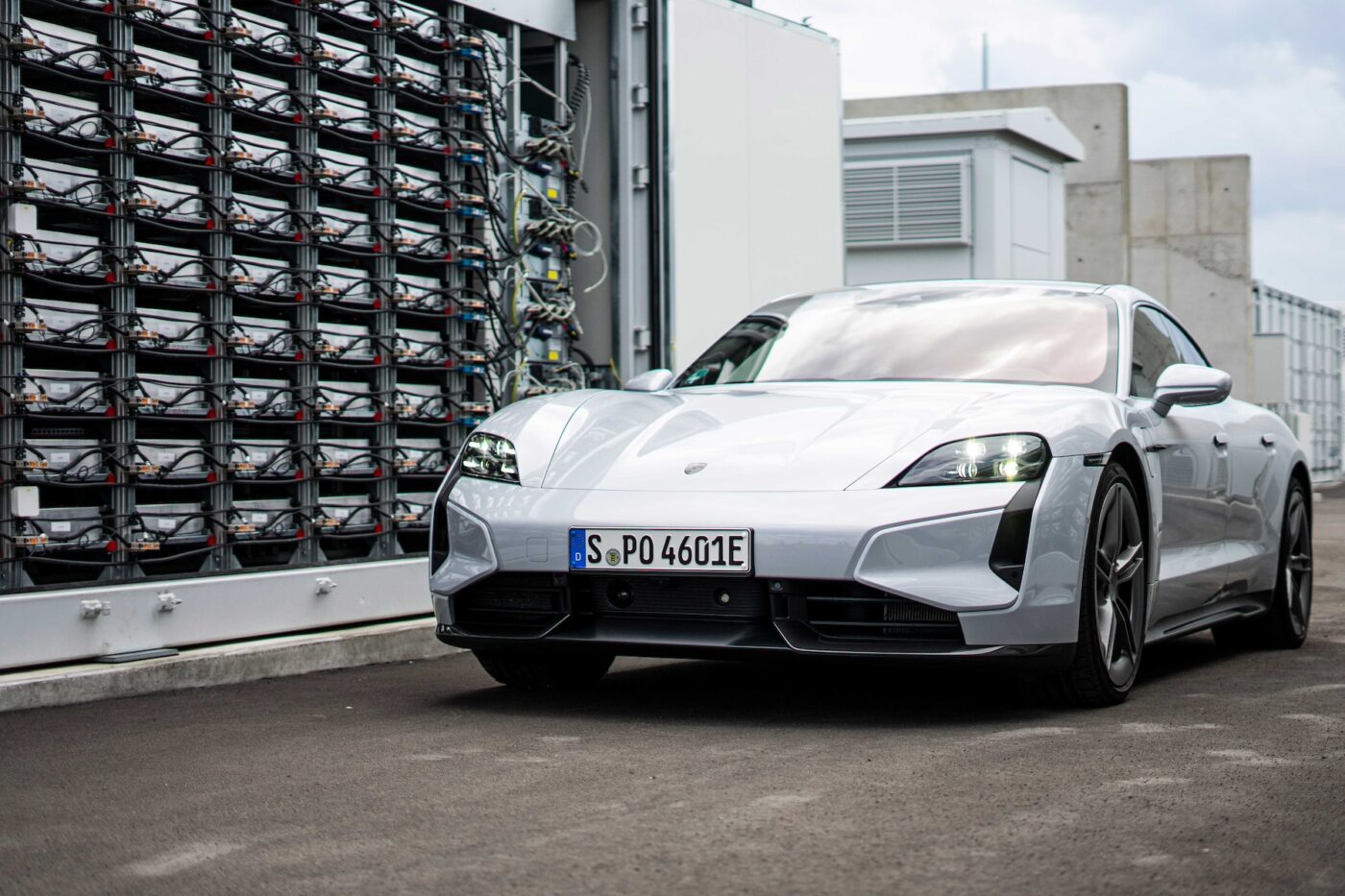

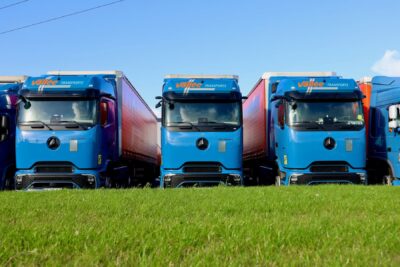

0 Comments